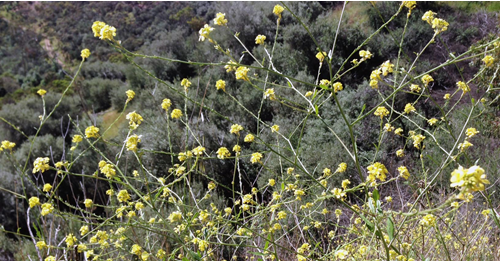Dawn Life Journey
2023 Leaving outback Broken Hill
We
leave at dawn
a
wide land before us
and
behind a silver stream of memory
The country
reveals its fragile beauty
saltbush
grey under a level light
over
dry gulches with history
in
river names
Three Sisters Bridge
did
they swim or die here or
wonder
why they had come?
why too
am I on this journey
in
this shadow-country, god-forsaken
and the
plain ending in Namatjira-painted hills
with
sheep the colour of dust
This
is not a lush country
nor
generous to its invaders
but
memory runs deep -
our
milestones
smashed
kangaroo carcasses
their
bloated legs raised above
a
smear of flesh and white bones,
crows
rise, dark mourners in attendance
black
goats note our passing
does
this land know the glory of rain?
I
dreamt of you last night
your
shade lingers even here
where
you never came
nor
will ever come
The
road behind me
a
silver stream of memory





